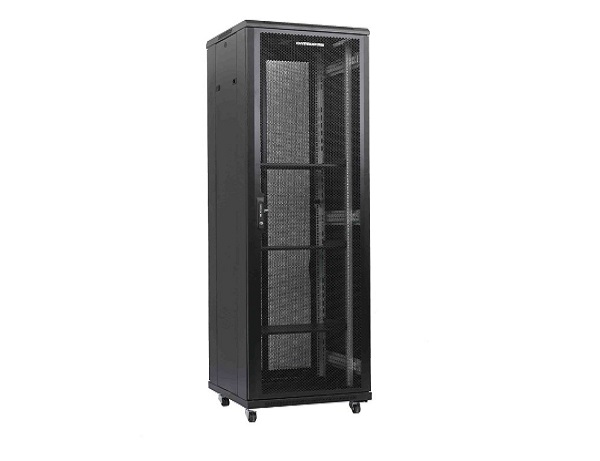News
Site Editor
 Site
https://leonetworkgroup.usa18.wondercdn.com/uploads/image/5fe152faa587d.png
Twisted pair cables are widely used in computer networking for their reliability and cost-effectiveness. However, like any other hardware component, they can develop faults that might affect the overall performance of the network. In this article, we discuss how to test twisted pair cables to ensure they’re in good working condition.1. Visual inspection: The first step in testing twisted pairs is
Site
https://leonetworkgroup.usa18.wondercdn.com/uploads/image/5fe152faa587d.png
Twisted pair cables are widely used in computer networking for their reliability and cost-effectiveness. However, like any other hardware component, they can develop faults that might affect the overall performance of the network. In this article, we discuss how to test twisted pair cables to ensure they’re in good working condition.1. Visual inspection: The first step in testing twisted pairs is
How To Test Twisted Pair Cable
Views: 1259
Author: Site Editor
Publish Time: 2023-07-04
Origin: Site
Twisted pair cables are widely used in computer networking for their reliability and cost-effectiveness. However, like any other hardware component, they can develop faults that might affect the overall performance of the network. In this article, we discuss how to test twisted pair cables to ensure they’re in good working condition.
1. Visual inspection: The first step in testing twisted pairs is to check for any visual damage such as bends, cuts, or abrasions on the cable jacket. If there’s any visible physical damage, it’s crucial to replace the cable as it might deteriorate and lead to signal loss.
2. Continuity check: A continuity check is a simple test that ensures that all eight wires in the cable are connected correctly. It involves using a multimeter to determine whether there’s electrical continuity between the wire-ends on each side of the cable. If there’s no continuity, it might indicate a broken wire or a terminal that’s not connected properly.
3. Cable Map: Cable mapping involves using a cable tester to check the connections between each of the eight wires and their corresponding pins on both sides of the cable. A cable tester is more sophisticated than a multimeter since it can detect wiring issues such as crossed and swapped pairs (which are common in new installations), short circuits, and incorrect cable terminations.
4. Signal attenuation testing: Attenuation is the reduction of the strength of a signal as it travels along the cable. This test involves using a network analyzer to measure the signal strength at both ends of the cable. The difference between the two readings indicates the amount of attenuation that has occurred during transmission. This test helps to determine whether the cable length is within the specified limits or whether there’s damage due to excessive EMI (electromagnetic interference).
5. Reflection testing: Reflection testing also uses a network analyzer to determine whether there are impedance mismatches between the cable and the devices connected to it. Reflection occurs when some of the signal's energy bounces back due to an impedance mismatch. This test is crucial since excessive reflection can cause data loss or even a network outage.
In conclusion, testing twisted pair cables is necessary to ensure that they operate without interruptions. The tests outlined above help to identify issues that could lead to signal loss or degradation. It is essential to test new cables, after installation, and during maintenance checks. It’s better to be proactive by carrying out regular tests than to wait for something to fail.
If you want to know more about industrial network cabinet,china fiber optic splice closure,china fiber optic distribution box,please consult the fiber optic splice closure factory









